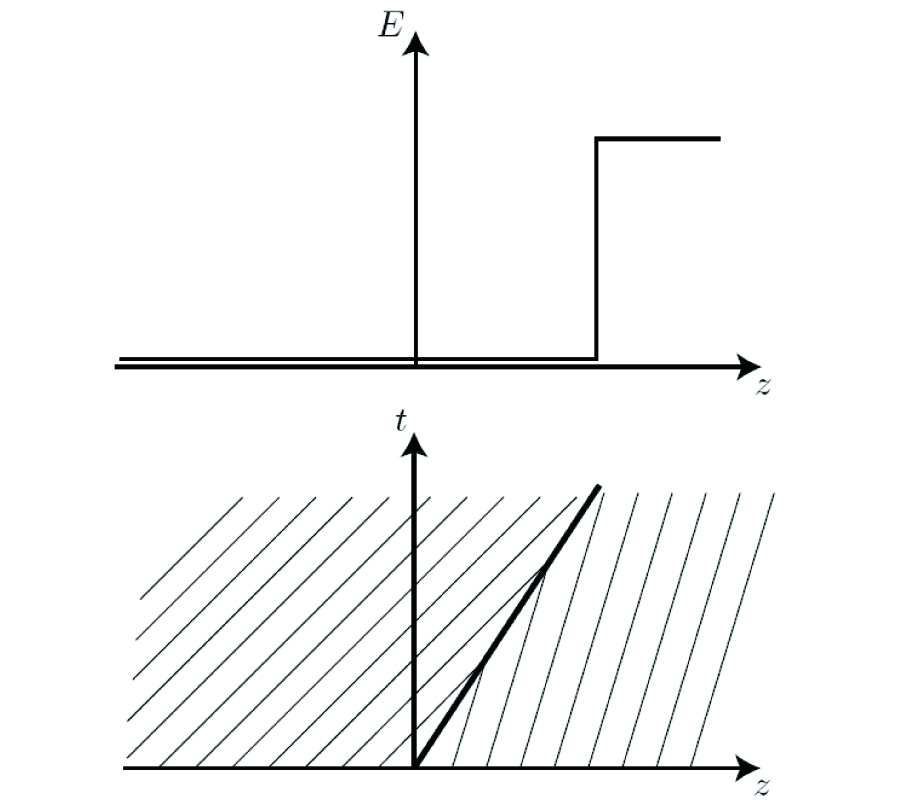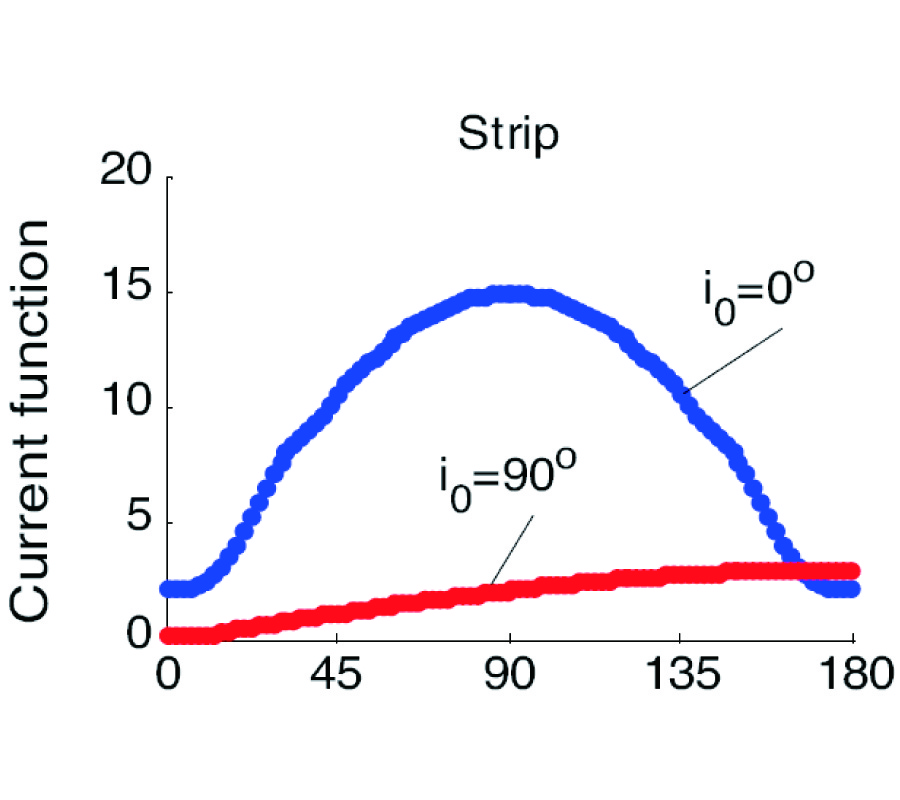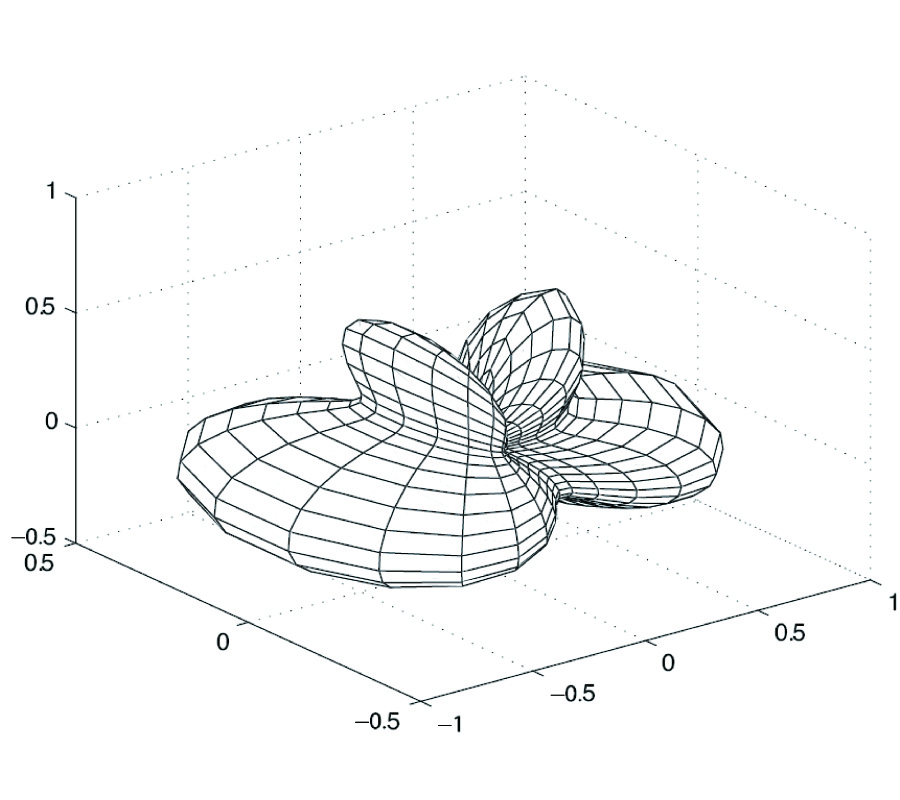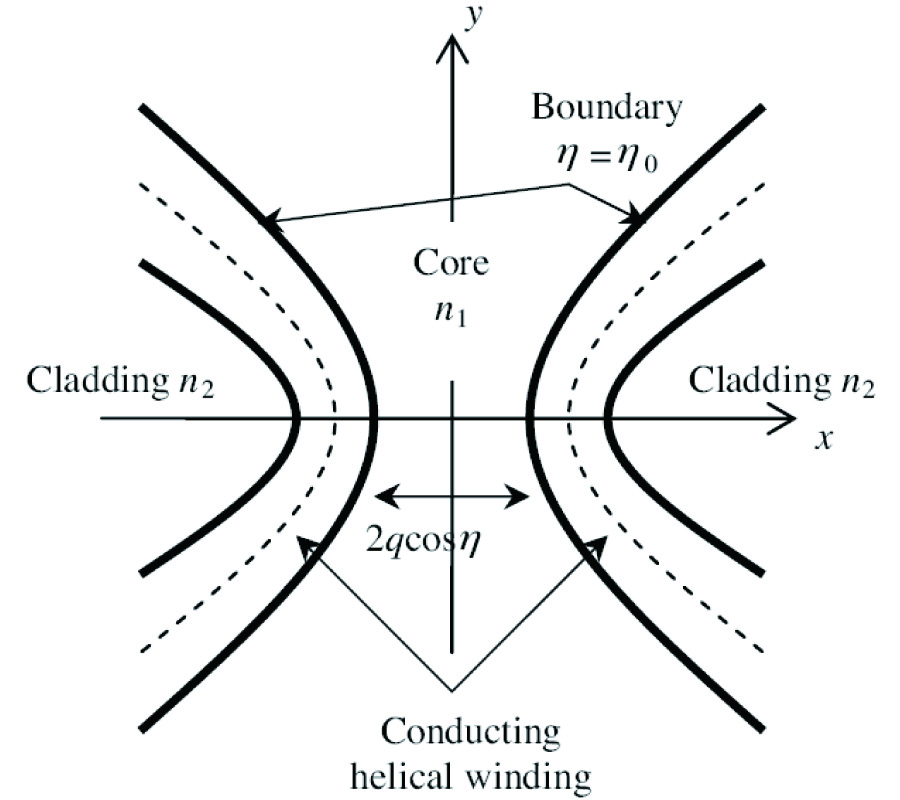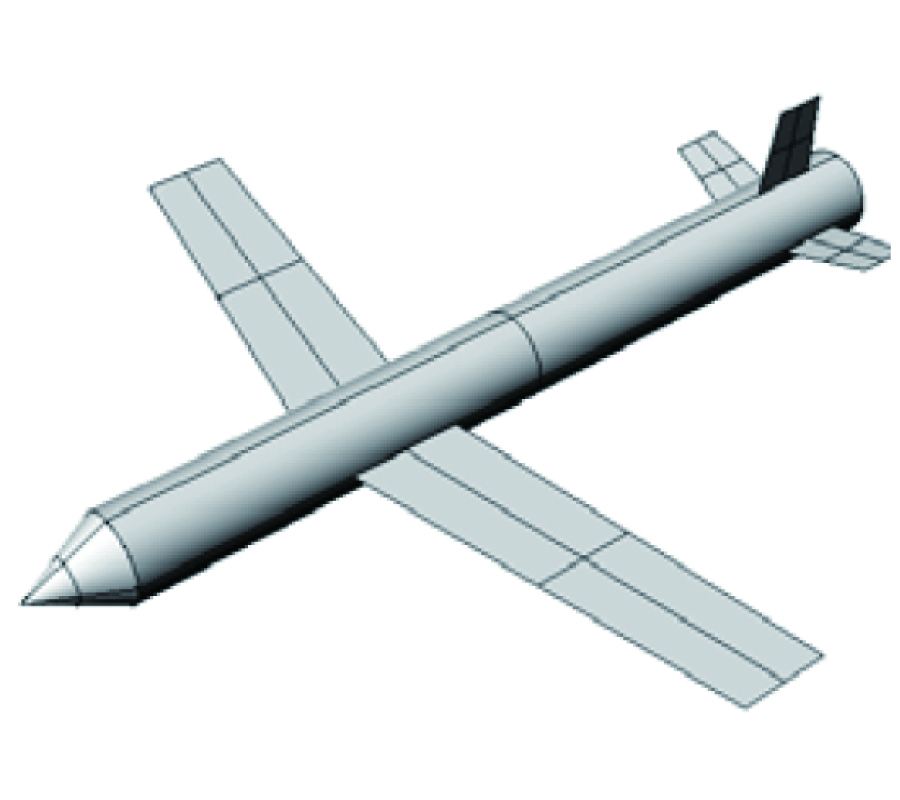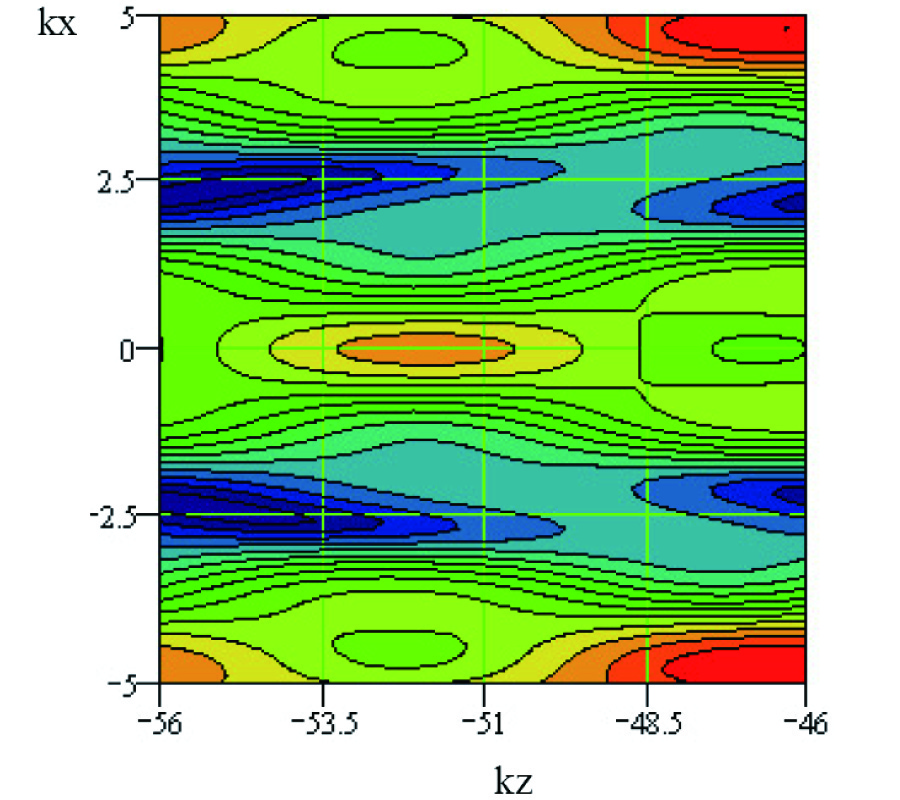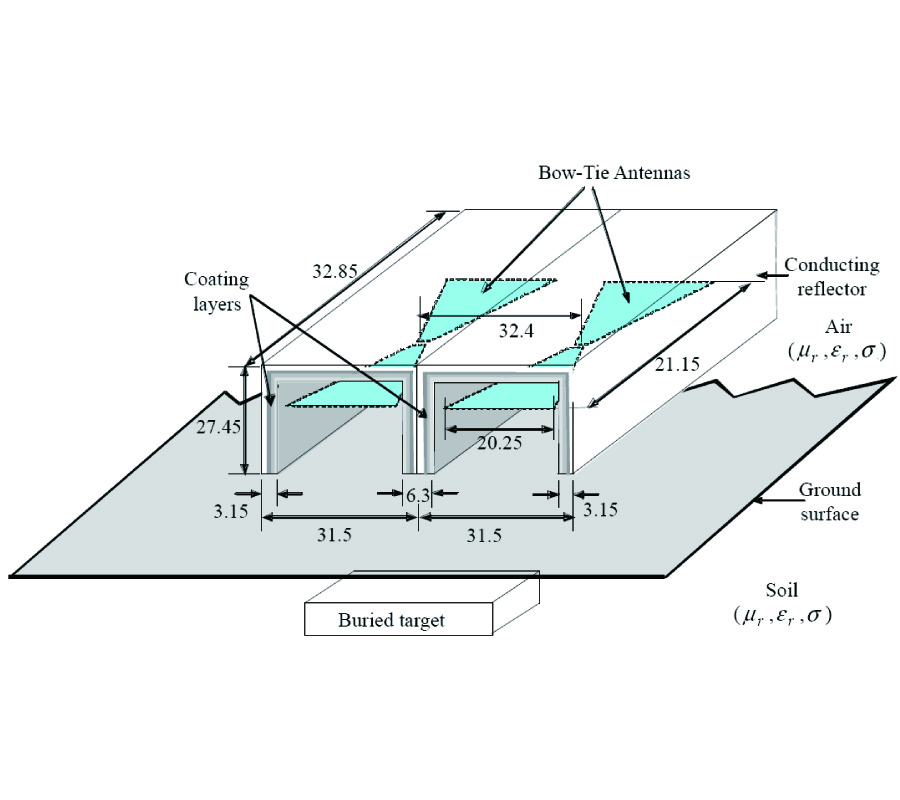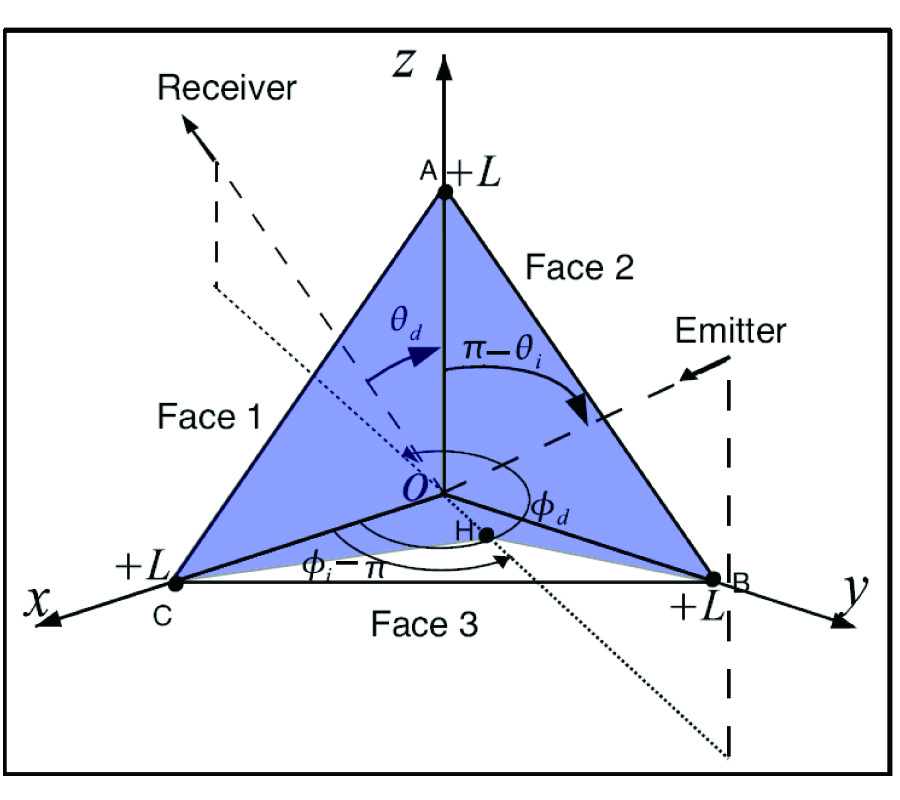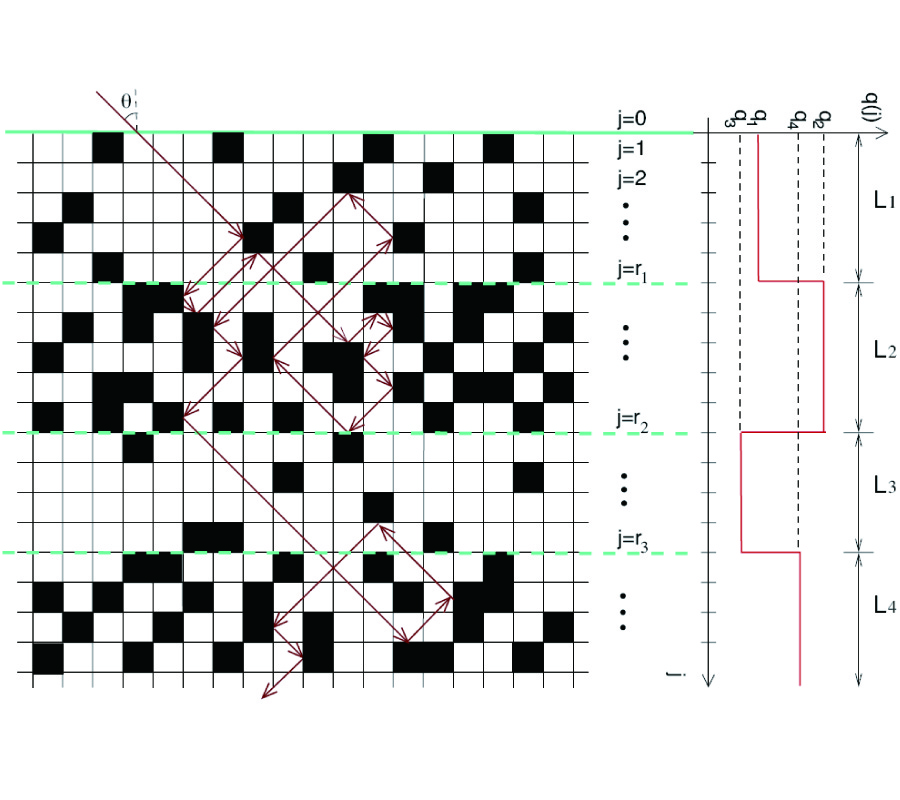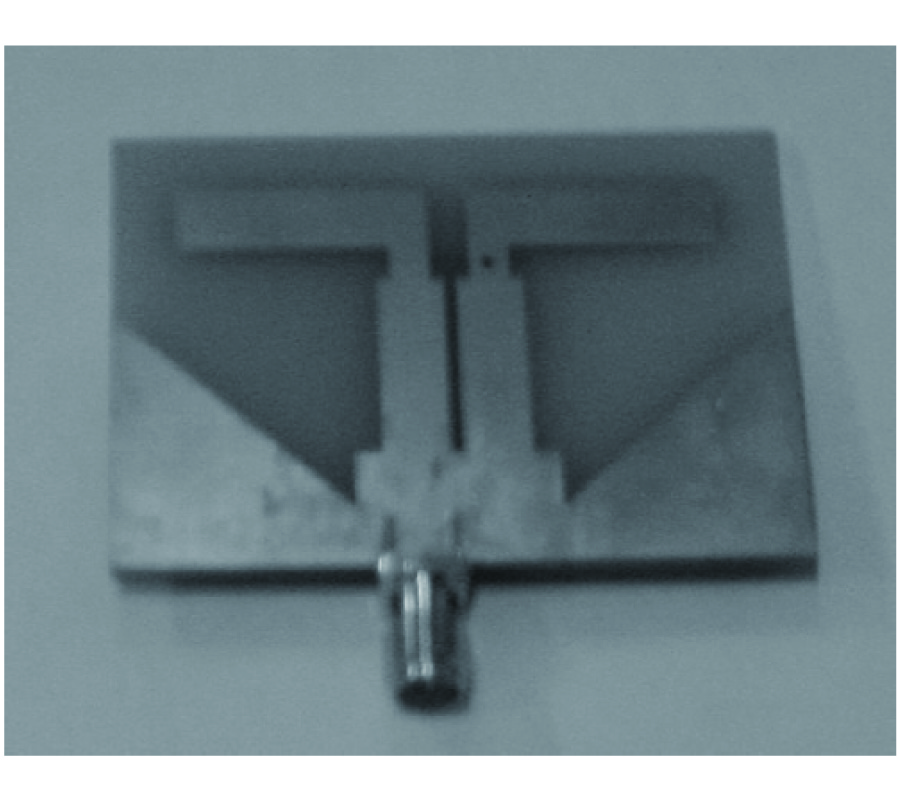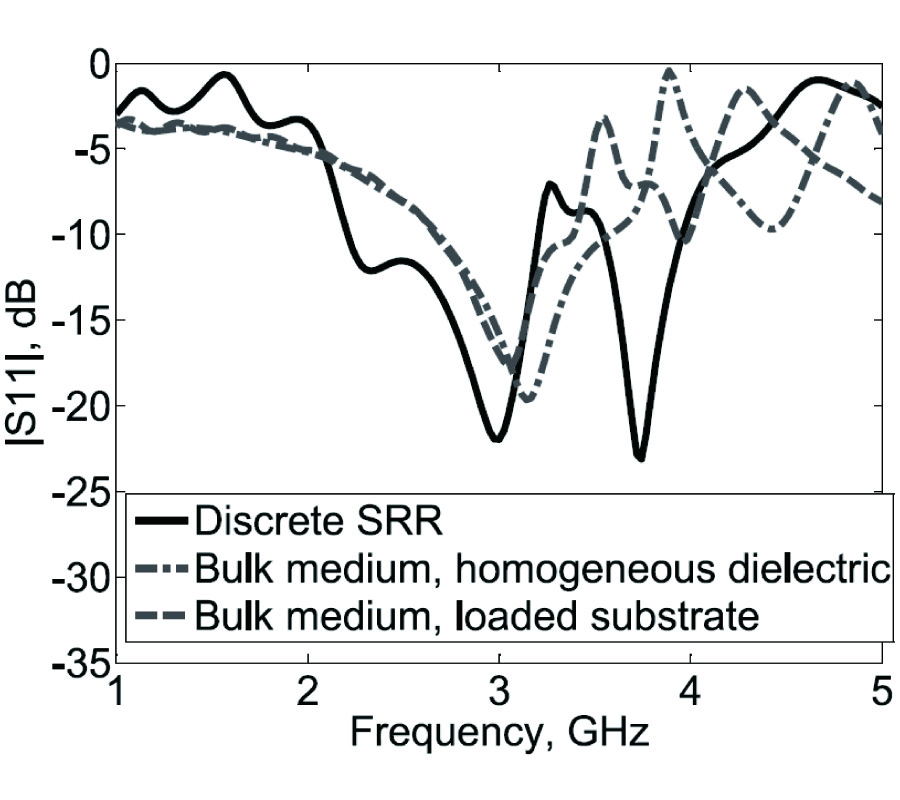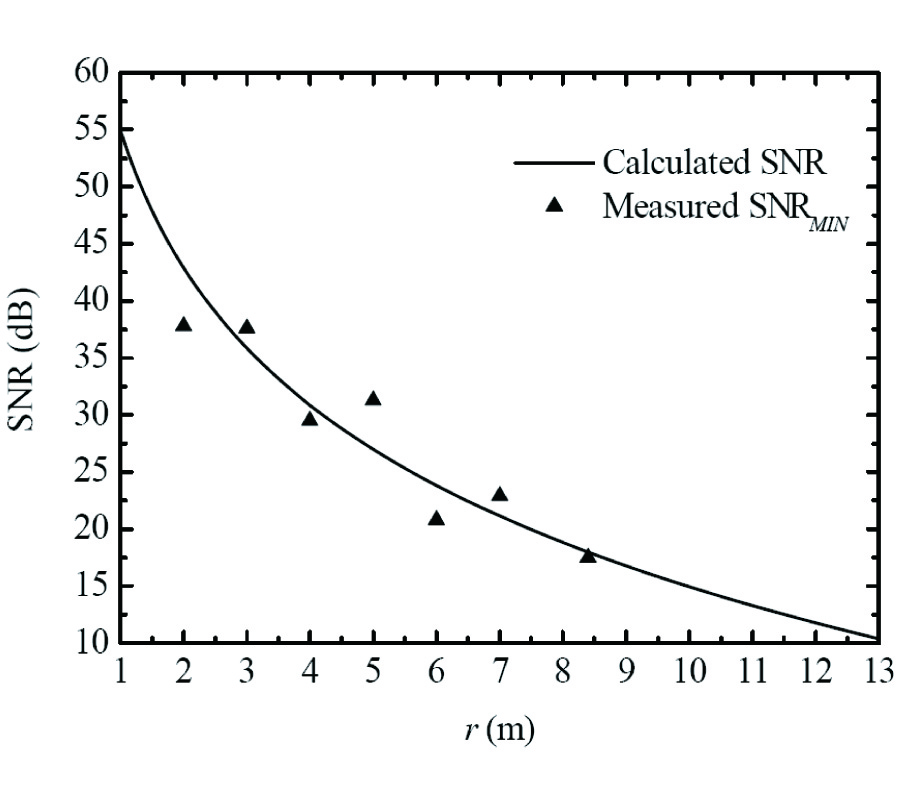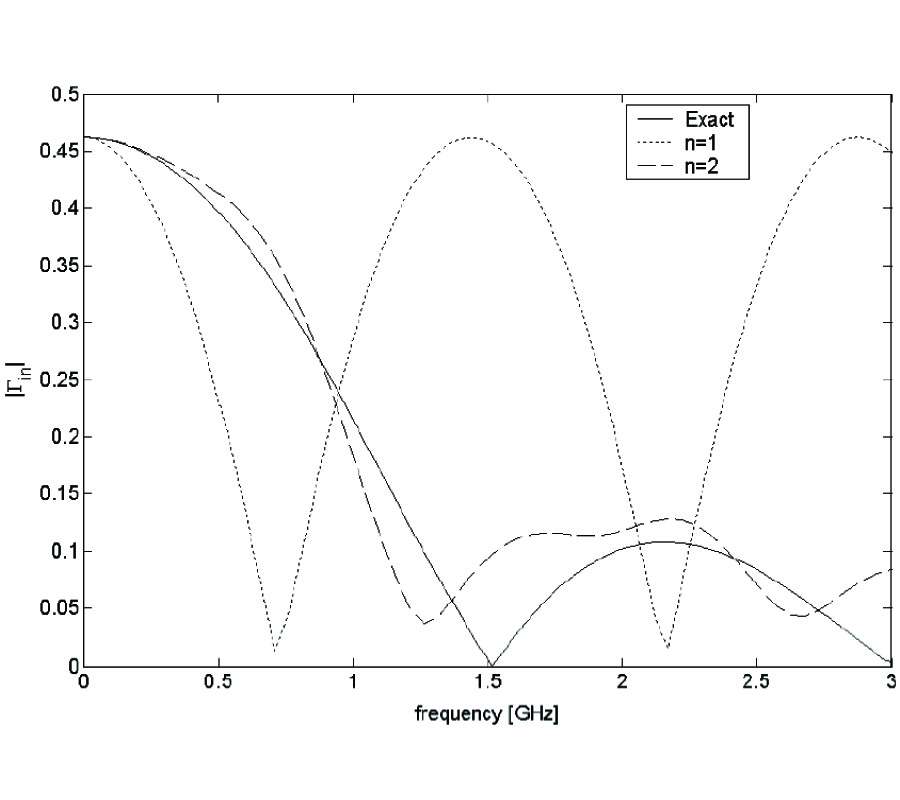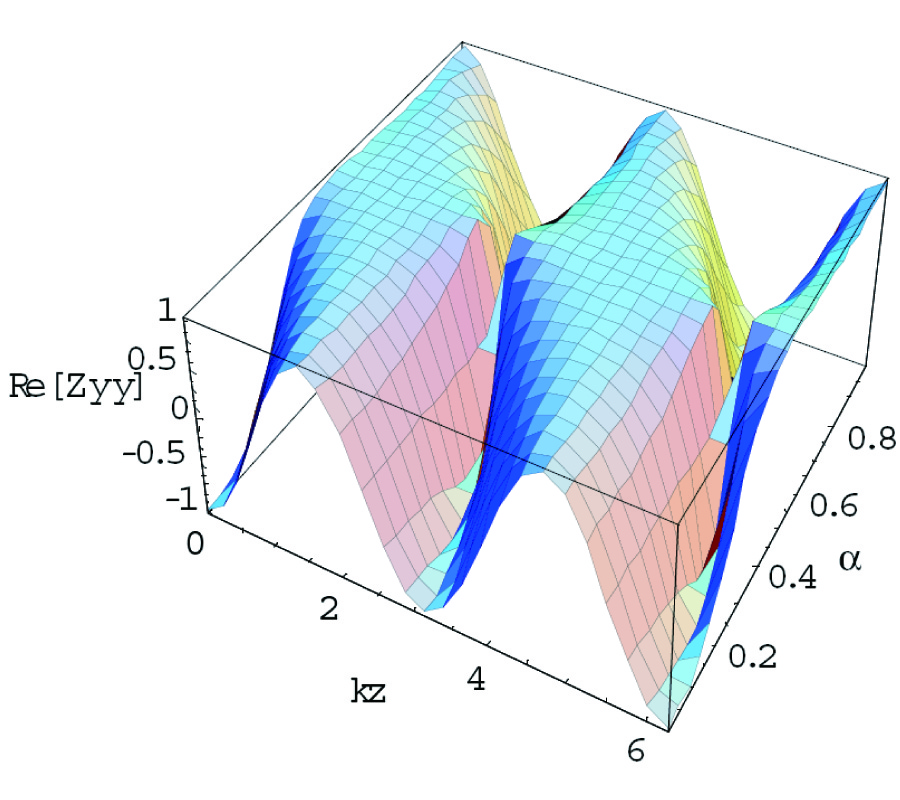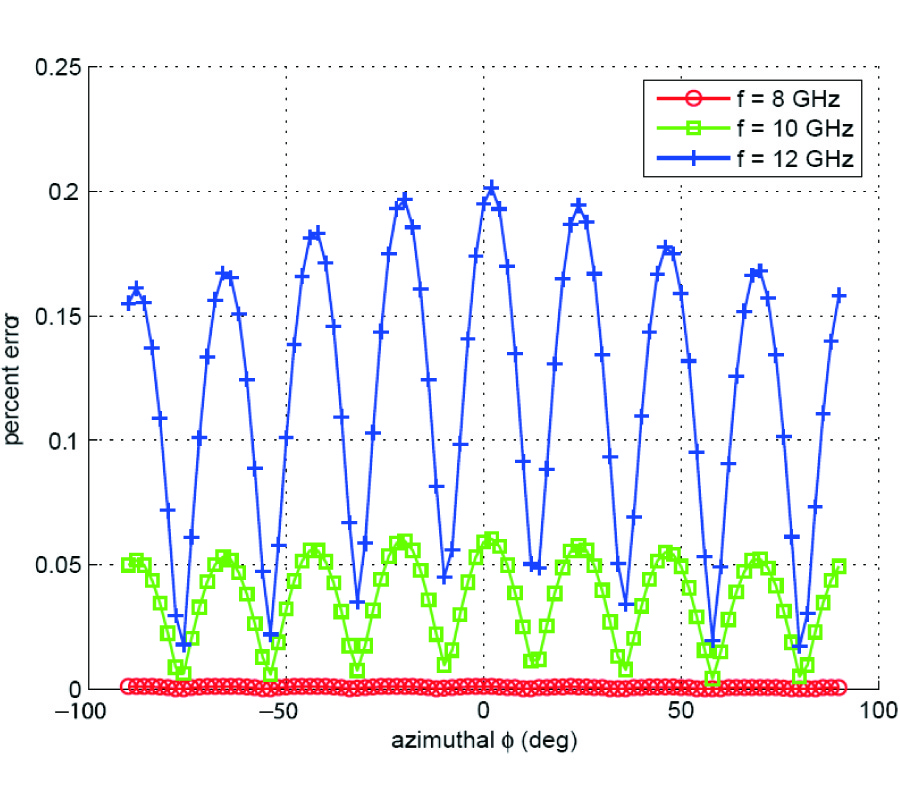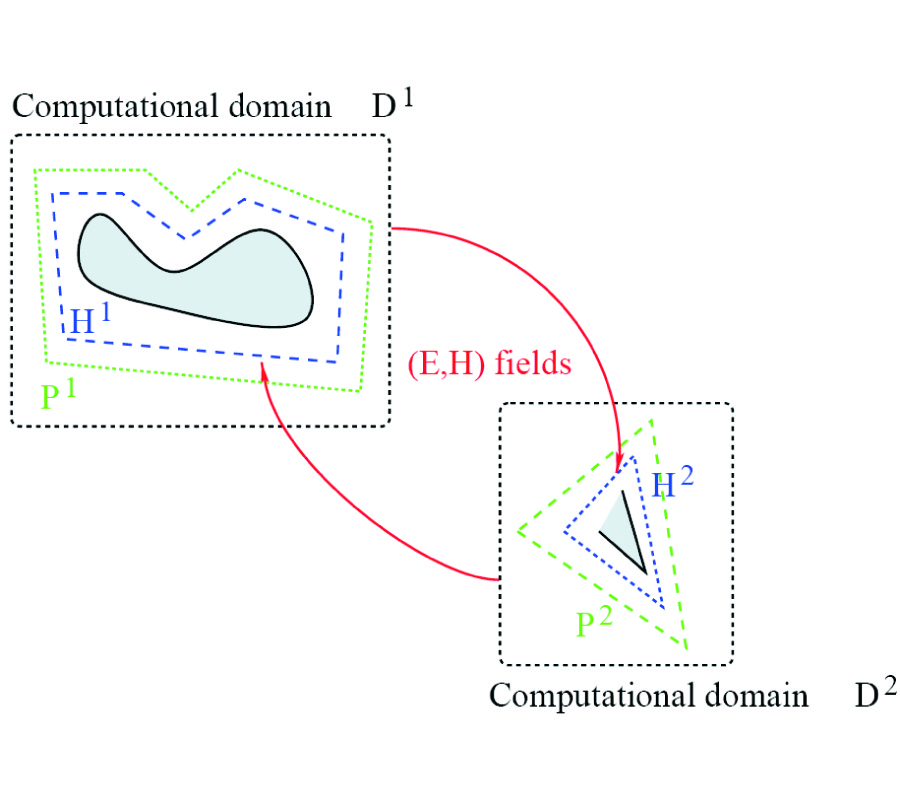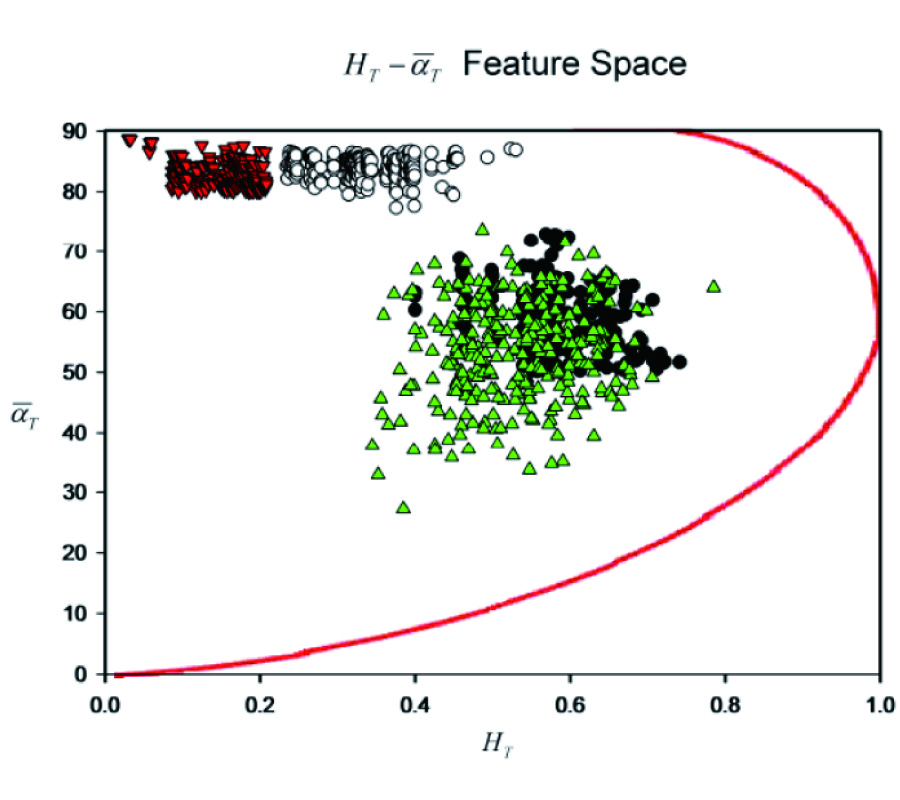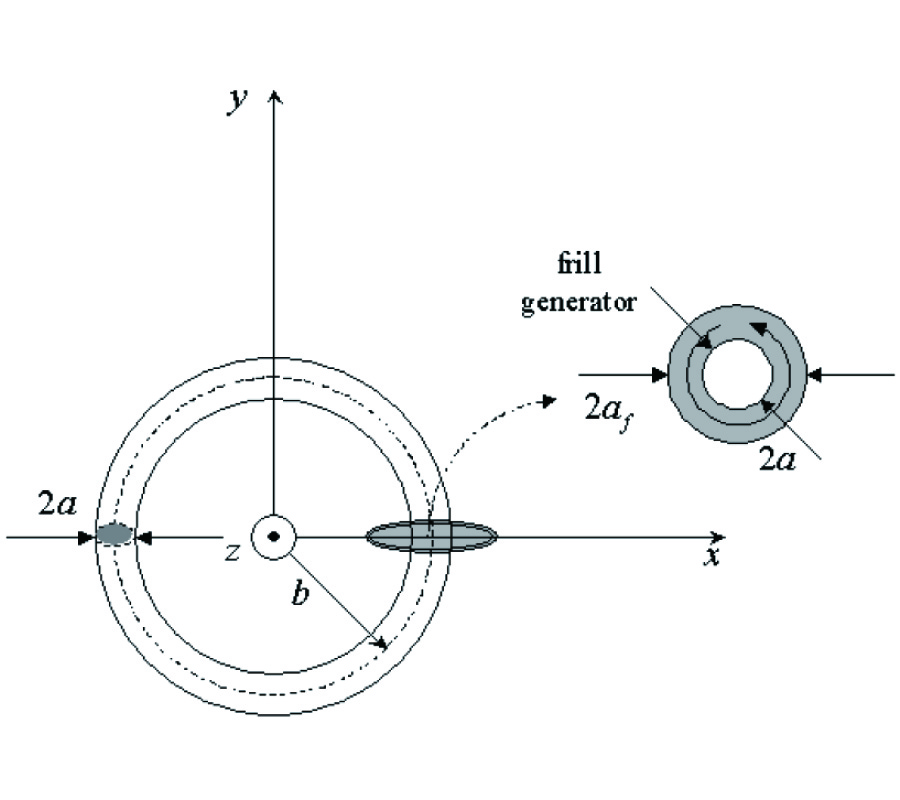Polarimetric Bistatic Signature of a Faceted Octahedron in High-Frequency Domain
Gildas Kubicke,
Christophe Bourlier and
Joseph Saillard
In this paper, the bistatic polarimetric signature of a perfectly conducting faceted octahedron with high dimensions with respect to the wavelength, is considered and a closed form solution for its fast computation is developed. This particular object, composed by eight triangularly shaped trihedral corner reflectors, should exhibit a large bistatic and monostatic Radar Cross Section (RCS) over a wide angular range. Scattering from a Trihedral Corner Reflector (TCR) is dominated by single, double and triple reflections. First, shadowed areas in excitation and observation are evaluated with the help of Geometrical Optics (GO). A Physical Optics (PO) integration is performed on each plate for the computation of scattered fields, taking into account the shadowed surfaces. GO is used to take into account the lighting of each face for initial reflections of double and triple reflections. First-order diffractions, which are based on the fringe current expressions for the exterior edges of the TCR are also included in the analysis with the help of Method of Equivalent Currents / Incremental Length Diffraction Coefficients (MEC/ILDC). This permit us to calculate fast the bistatic signature of a TCR for arbitrary incidence and observation angles. The polarimetric bistatic signature of an octahedral reflector is then obtained, and results are discussed. Finally, several prospects are explained
